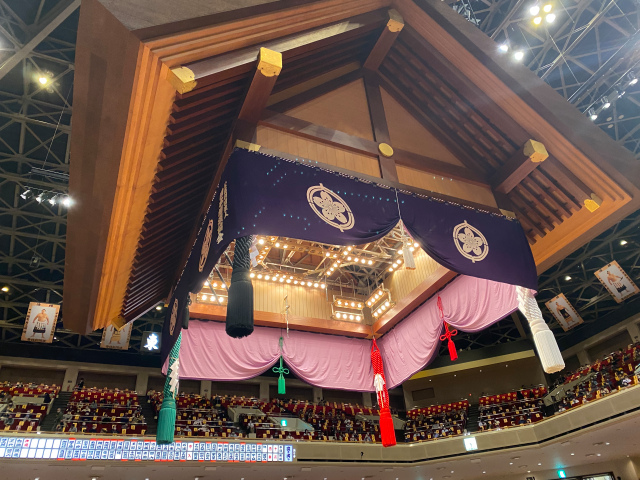
We take you through a day at the sumo, with all-new procedures, restrictions and perks for spectators.
Last year was a tough one for Japanese sumo, with the coronavirus pandemic throwing a spanner in the works for the sport’s annual indoor tournaments, which are traditionally held six times every year–three times at Tokyo’s Ryogoku Kokugikan and once each in Osaka, Aichi and Fukuoka prefectures.
While the Osaka tournament in March 2020 went ahead without spectators for the first time in history, the Tokyo tournament in May was called off completely due to the state of emergency. After that, fans in Aichi and Fukuoka missed out on attending their local tournaments in July and November respectively, as these were moved to Tokyo to keep wrestlers from travelling outside of the capital during the pandemic.
The events in Tokyo went ahead with spectators reduced to 2,500 people, or around a quarter of the venue’s capacity, before being gradually increased to 5,000, with countermeasures in place to safeguard visitors from coronavirus transmission.
▼ Tokyo’s Ryogoku Kokugikan
So what exactly are those countermeasures, and are they enough to make spectators feel safe during the pandemic? Our Japanese-language reporter Ikuna Kamezawa was keen to find the answers to these questions, so when tickets were released for this month’s Osaka tournament, which has been moved to Tokyo once again by the Japan Sumo Association, she booked herself a seat on opening day and headed out to investigate.
▼ Ikuna boarded a train at Shinjuku and alighted at Ryogoku, the closest station to the sumo stadium.
▼ After a short two-minute walk she found herself outside the Kokugikan (National Hall), the venue for the current 14-28 March tournament.
The entrance looked very different to the one she was used to seeing pre-pandemic, with covered walkways now set up to keep crowds separated.
▼ Hand sanitisation stations with automatic sensors were in place for visitors to use before entering the building.
▼ Once inside, all visitors had their temperature checked…
▼ …And the usually crowded stores and hallways were eerily empty
While the reduced seating capacity initially made her think tickets would be hard to secure, it was actually the opposite, because unlike previous years, Ikuna had no problem securing a good seat with a great view.
▼ Spectators can sit at empty seats near the ring before going to their allocated seat once the big matches start in the afternoon.
Of course, the number of spectators choosing to stay home has increased during the pandemic, but the empty seats around her really made Ikuna realise the true extent of those numbers.
▼ Signs on every second seat indicate they’re required to remain vacant, to keep spectators apart.
The reason for the low number of attendees at sumo matches isn’t just due to people wanting to avoid crowds. Some people attend sumo specifically to interact with the famous wrestlers, while others like the experience of drinking while watching the bouts. Others use sumo matches as a way to entertain contacts and business clients.
All these drawcards are off the table during the pandemic, though, as drinking, loud talking, and contact with wrestlers are now prohibited, which means a day out at the sumo has become a more staid affair.
▼ Signs and announcements around the stadium highlight the importance being placed on safety
Currently, drinking, eating, sitting next to each other, cheering, and stopping to wait for wrestlers or coming into contact with them are all prohibited in the National Hall.
For many, taking a photo with their favourite wrestler is a highlight of the day and well worth the price of admission. In fact, there’s usually so much to do at the venue that some spectators can spend a whole day there without taking a seat inside the main hall until the afternoon. Ikuna was happy to forego all that during the pandemic, though, instead walking around the hall to catch a view of the ring from different seating areas.
After investigating the spectator seating, Ikuna took her own seat in a spacious box and was pleasantly surprised to see the people around her behaving themselves incredibly well. Everyone appeared to be consciously watching their manners, and no matter how exciting a bout was, people refrained themselves from shouting or making any noise.
The attitude of everyone around her put Ikuna at ease as she watched the rest of the bouts for the day, and she was truly grateful for everyone’s joint cooperation to make the experience as safe as possible. In fact, Ikuna says she felt safer here than walking out on the street, due to the fact that there are so many coronavirus countermeasures in place around the venue.
▼ Don’t forget to sterilise those hands!
▼ Ikuna was happy to see both staff and spectators fully masked up at all times.
There may be quite a lot of restrictions in place, but there are actually a few perks for visitors. The sumo association is holding a lottery for attendees with some gorgeous prizes, and “Japanese Outfit Day“, usually held on specified days during the tournament, is now being held every day, which means spectators dressed in traditional outfits like kimono will be able to receive a free Kokugikan curry, a photo badge of themselves, and a cardboard print.
▼ The stadium’s specialty, Kokugikan curry, usually retails for 400 yen (US$3.66).
On the second floor there’s an “AR Movie Signage” system where you can pose alongside your favourite sumo wrestler through the magic of augmented reality for 1,000 yen.
Another new offer from the sumo association is the “Sumo Collection”, an online trading card service. Users can receive a limited number of wrestler trading cards every day just by logging in on their smartphones.
One of Ikuna’s acquaintances has been logging in every day, and without knowing what they were doing they were somehow able to achieve the number one ranking nationwide for wrestler Tsuyoshi Azumaryu.
If you’re like Ikuna and find online trading cards confusing, then these wrestler cutouts may be more up your alley. Free and easy-to-use, these are the next best thing to actually posing with a wrestler in the halls of the stadium right now.
▼ Life-size dimensions add to the realism.
After enjoying her day out at the sumo, Ikuna was actually surprised at how safe she felt at the stadium. It may not be for everyone, especially with the no-alcohol, no-shouting, no-meeting-wrestlers policy creating a less energetic atmosphere, but those interested in the actual bouts will be grateful for the sumo association’s efforts to keep spectators safe at the events.
The association’s decision to keep fighting–literally and figuratively–during the coronavirus pandemic is in line with the spirit of their wrestlers, especially the smallest ones who vow to fight using everything they’ve got. It hasn’t been an easy ride for them, though, with one young wrestler losing his life and another his job to COVID-19. Here’s hoping the coming year brings happier times for the sport, the fans, and the athletes as well.
Photos © SoraNews24
● Want to hear about SoraNews24’s latest articles as soon as they’re published? Follow us on Facebook and Twitter!
[ Read in Japanese ]


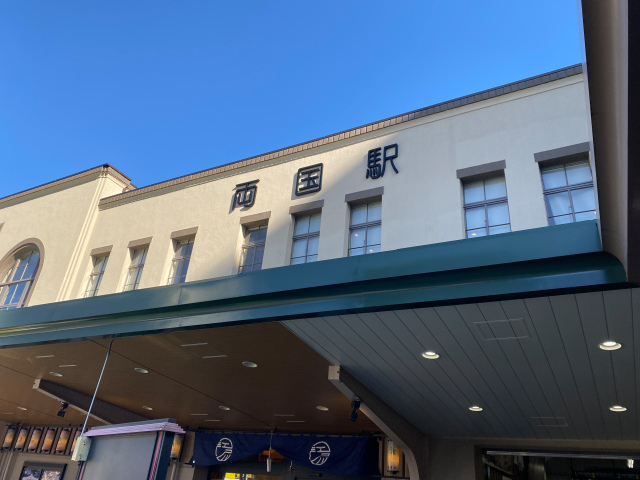
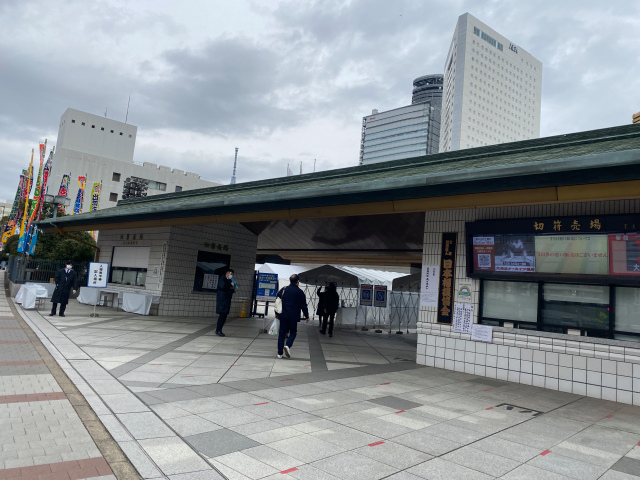
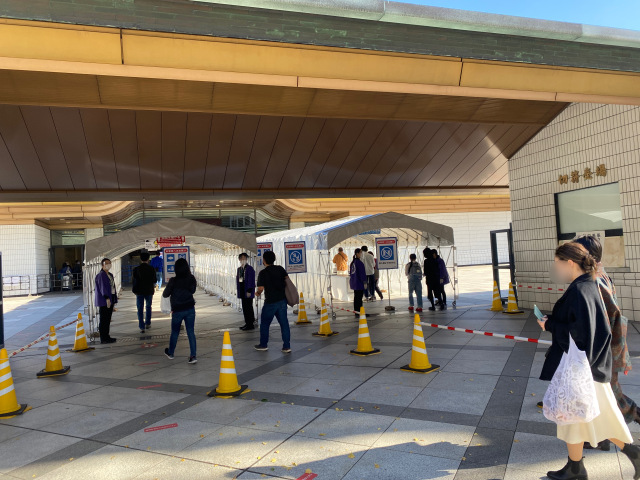
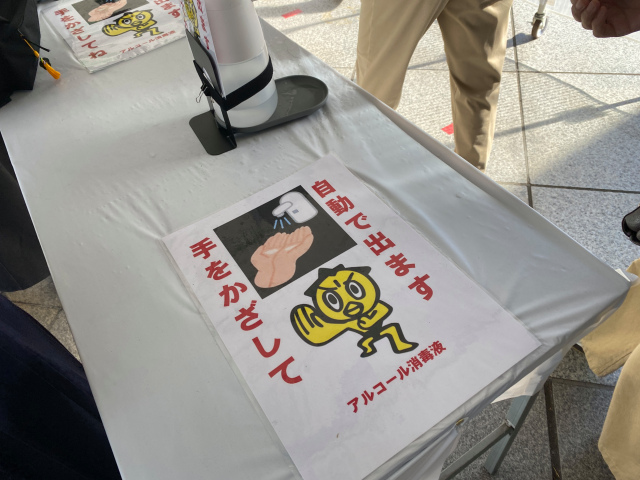
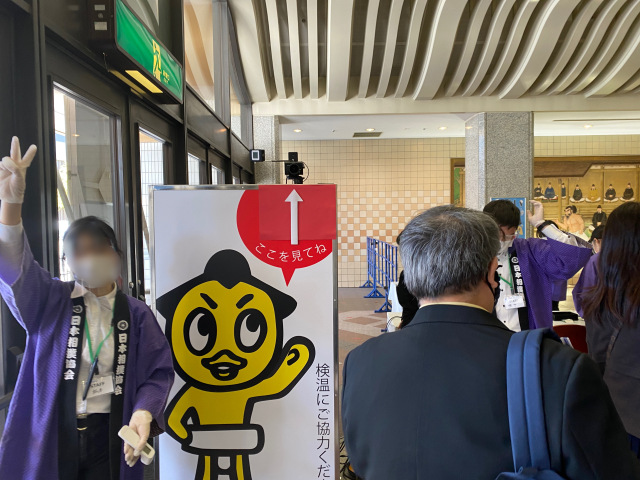
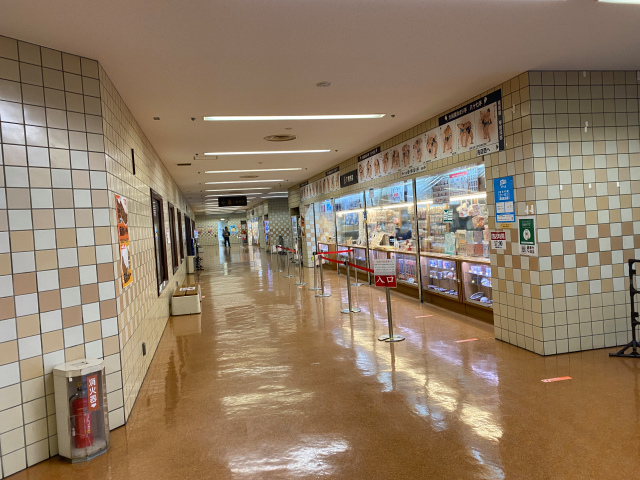
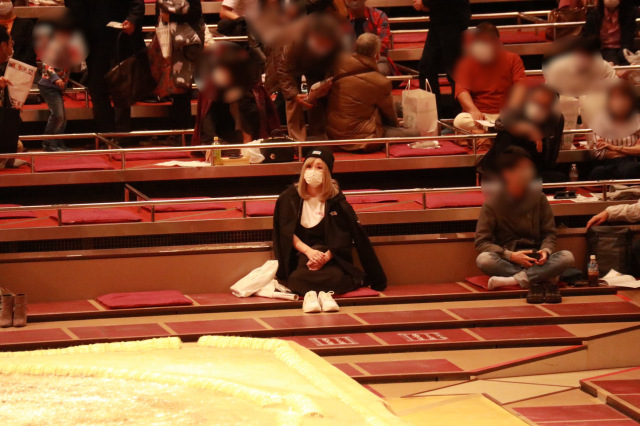
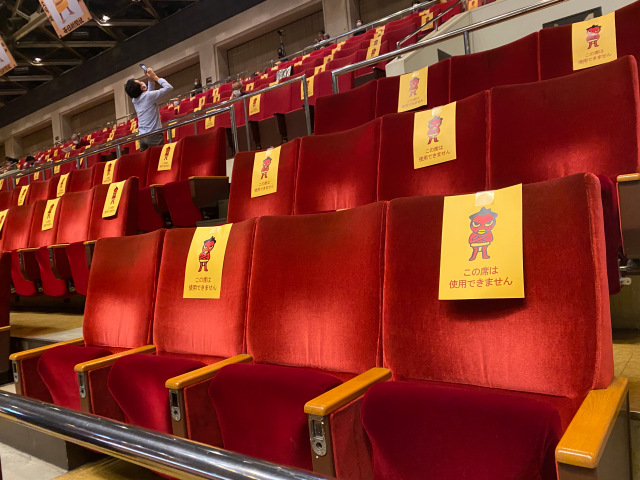
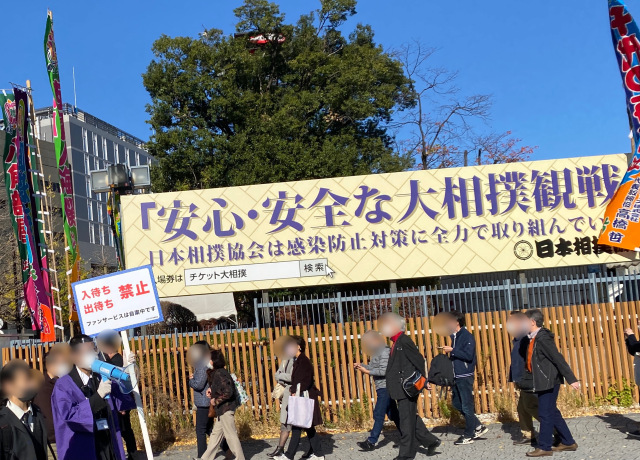
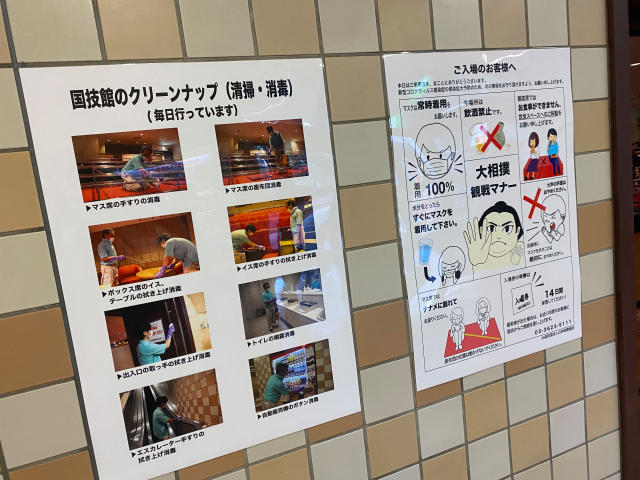
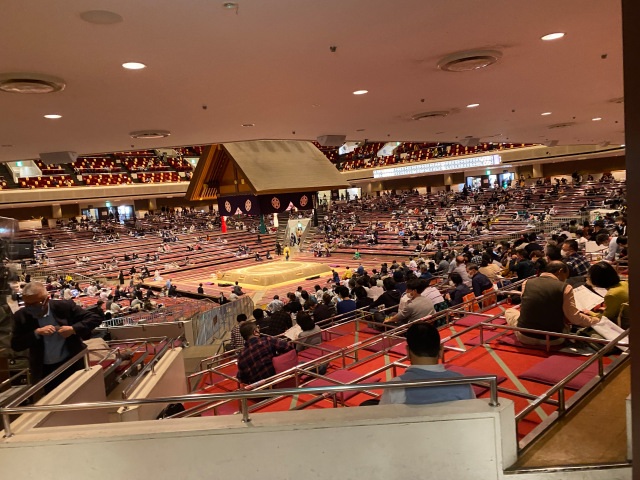
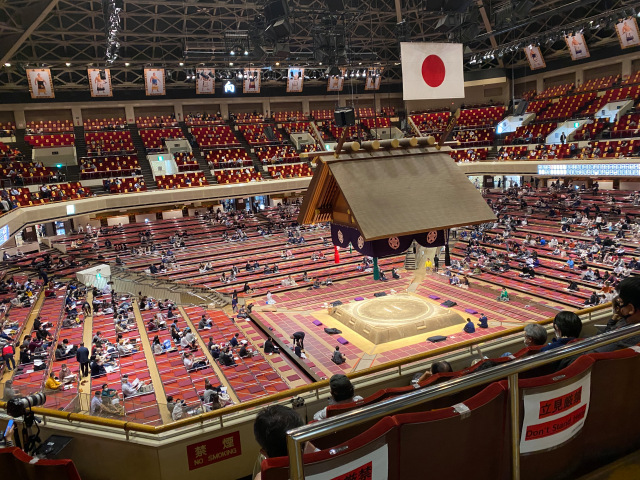
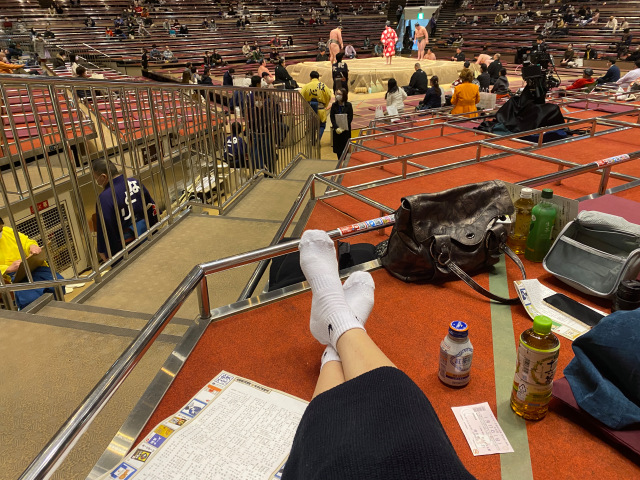
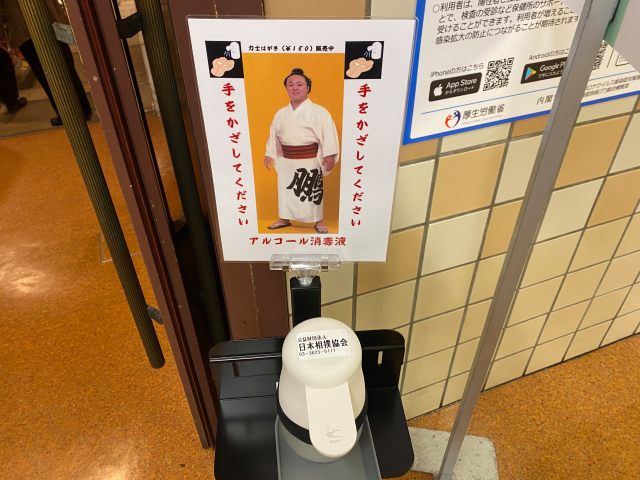
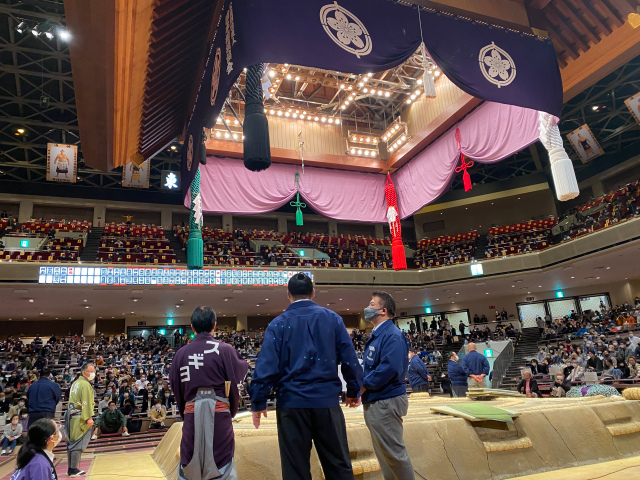
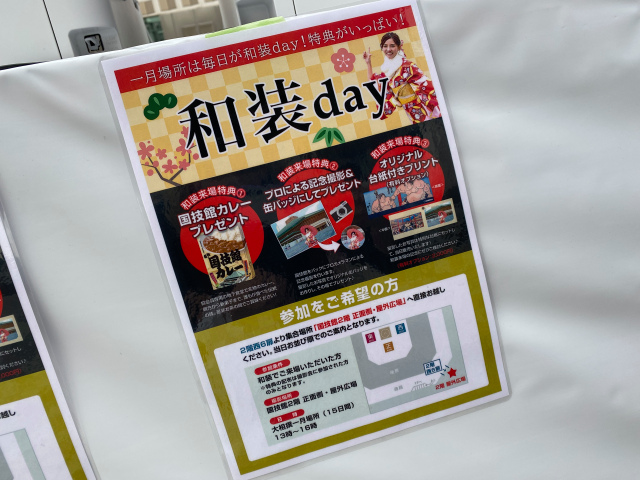
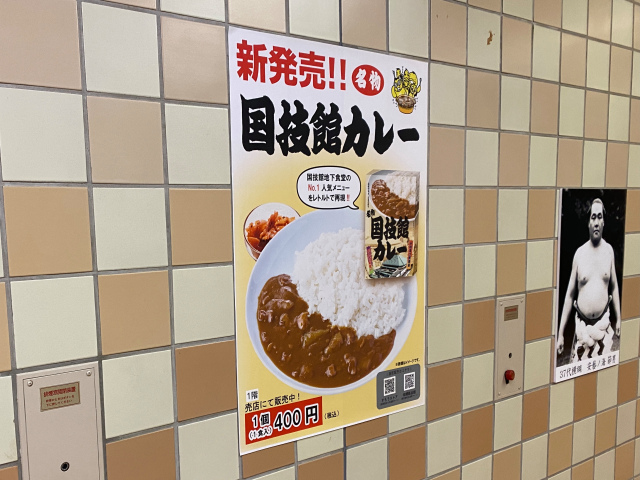
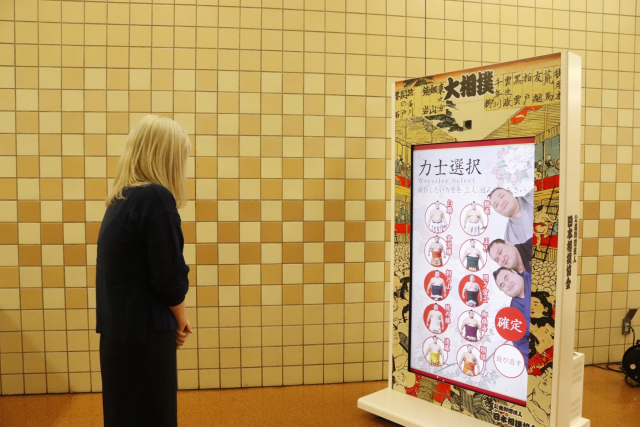
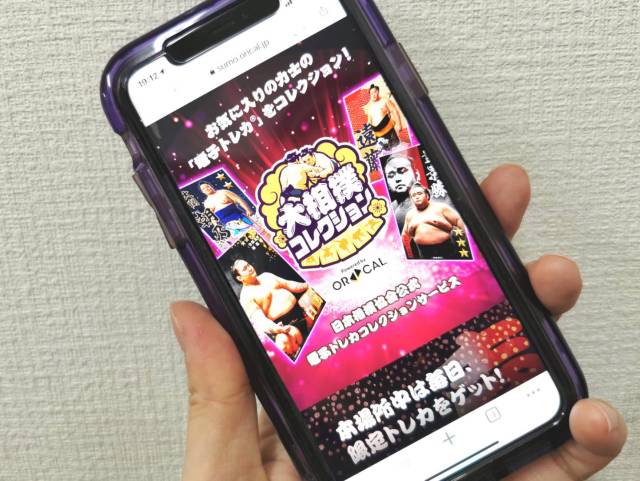
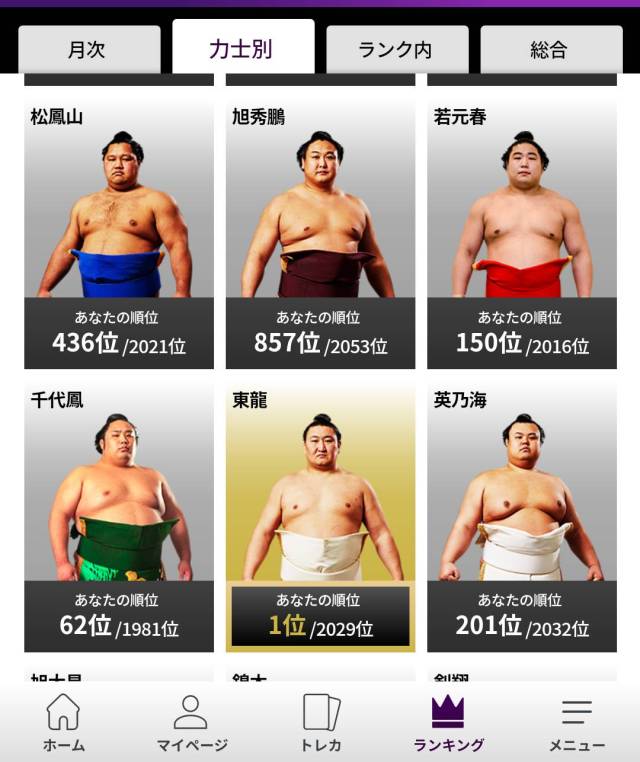
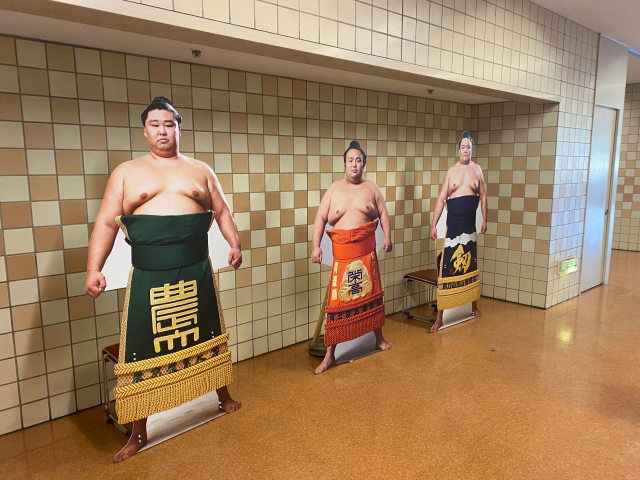
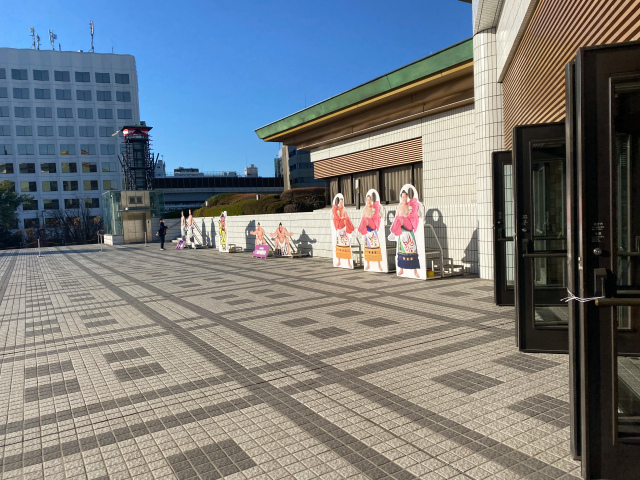
 Special photo booths let you pose with sumo wrestlers without having to strap on a loincloth
Special photo booths let you pose with sumo wrestlers without having to strap on a loincloth High-speed Japanese sumo robots duke it out in quick and intense skirmishes 【Video】
High-speed Japanese sumo robots duke it out in quick and intense skirmishes 【Video】 What the heck is this huge sumo wrestler doing at Ryogoku Station in Tokyo?
What the heck is this huge sumo wrestler doing at Ryogoku Station in Tokyo? Join the hordes of net users giggling at GIFs of sumo wrestlers performing comedic moves【Videos】
Join the hordes of net users giggling at GIFs of sumo wrestlers performing comedic moves【Videos】 Japanese schoolgirls in sailor suit uniforms demonstrate 82 sumo techniques【Video】
Japanese schoolgirls in sailor suit uniforms demonstrate 82 sumo techniques【Video】 New Nintendo Lego kit is a beautiful piece of moving pixel art of Mario and Yoshi【Photos】
New Nintendo Lego kit is a beautiful piece of moving pixel art of Mario and Yoshi【Photos】 How to order snacks on a Shinkansen bullet train in Japan
How to order snacks on a Shinkansen bullet train in Japan Hello, cosmetics! Clinique teams up with Hello Kitty this summer for first-time collaboration
Hello, cosmetics! Clinique teams up with Hello Kitty this summer for first-time collaboration Demon Slayer: Kimetsu no Yaiba gets new roller coaster attractions and food at Universal Studios Japan
Demon Slayer: Kimetsu no Yaiba gets new roller coaster attractions and food at Universal Studios Japan McDonald’s adds new watermelon frappe and fruity macaron to its menu in Japan
McDonald’s adds new watermelon frappe and fruity macaron to its menu in Japan Cosmetic wizardry: Asian women removing makeup to reveal their true selves goes viral【Video】
Cosmetic wizardry: Asian women removing makeup to reveal their true selves goes viral【Video】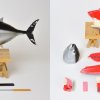 Tsukiji Fish Market Vendor Releases Tuna For Home Assembly
Tsukiji Fish Market Vendor Releases Tuna For Home Assembly High-fashion Totoro cuddle purse is like an elegant stroll in the forest【Photos】
High-fashion Totoro cuddle purse is like an elegant stroll in the forest【Photos】 U.S. Olympic athlete reveals he runs with Yi-Gi-Oh! cards tucked into his uniform【Video】
U.S. Olympic athlete reveals he runs with Yi-Gi-Oh! cards tucked into his uniform【Video】 Japan’s new difficult-to-drink-from beer glass protects your liver, but it’s a brutal experience
Japan’s new difficult-to-drink-from beer glass protects your liver, but it’s a brutal experience Nintendo history you can feel – Super NES, N64, and GameCube controllers become capsule toys
Nintendo history you can feel – Super NES, N64, and GameCube controllers become capsule toys “The most Delicious Cup Noodle in history” – Japan’s French Cup Noodle wins our heart【Taste test】
“The most Delicious Cup Noodle in history” – Japan’s French Cup Noodle wins our heart【Taste test】 Starbucks releases a cute Frappuccino and Unicorn Cake…but not in Japan
Starbucks releases a cute Frappuccino and Unicorn Cake…but not in Japan Kyoto Tower mascot termination reveals dark side behind cute Japanese characters
Kyoto Tower mascot termination reveals dark side behind cute Japanese characters McDonald’s Japan’s Soft Twist Tower: A phantom ice cream only sold at select branches
McDonald’s Japan’s Soft Twist Tower: A phantom ice cream only sold at select branches Yabai Ramen: What makes this Japanese ramen so dangerous?
Yabai Ramen: What makes this Japanese ramen so dangerous? Finally! Nintendo Japan expands Switch 8-bit controller sales to everybody, Online member or not
Finally! Nintendo Japan expands Switch 8-bit controller sales to everybody, Online member or not Japanese government wants to build luxury resorts in all national parks for foreign tourists
Japanese government wants to build luxury resorts in all national parks for foreign tourists To combat declining birth rate, Japan to begin offering “Breeding Visas” to foreigners
To combat declining birth rate, Japan to begin offering “Breeding Visas” to foreigners 10 things you should buy at 7-Eleven in Japan
10 things you should buy at 7-Eleven in Japan Studio Ghibli releases anime heroine cosplay dresses that are super comfy to wear
Studio Ghibli releases anime heroine cosplay dresses that are super comfy to wear Woman charged for driving suitcase without a license in Osaka
Woman charged for driving suitcase without a license in Osaka Studio Ghibli unveils My Neighbour Totoro miniature house model
Studio Ghibli unveils My Neighbour Totoro miniature house model Kyoto experiencing problems with foreign tourists not paying for bus fares, but not on purpose
Kyoto experiencing problems with foreign tourists not paying for bus fares, but not on purpose Fighting mild hunger with a Japanese soda that turns into jelly in the stomach【Taste test】
Fighting mild hunger with a Japanese soda that turns into jelly in the stomach【Taste test】 Studio Ghibli’s Howl’s Moving Castle tapestry unveiled in Japan for first time
Studio Ghibli’s Howl’s Moving Castle tapestry unveiled in Japan for first time McDonald’s new Happy Meals offer up cute and practical Sanrio lifestyle goods
McDonald’s new Happy Meals offer up cute and practical Sanrio lifestyle goods Sales of Japan’s most convenient train ticket/shopping payment cards suspended indefinitely
Sales of Japan’s most convenient train ticket/shopping payment cards suspended indefinitely Sold-out Studio Ghibli desktop humidifiers are back so Totoro can help you through the dry season
Sold-out Studio Ghibli desktop humidifiers are back so Totoro can help you through the dry season Japanese government to make first change to romanization spelling rules since the 1950s
Japanese government to make first change to romanization spelling rules since the 1950s Foreigner’s request for help in Tokyo makes us sad for the state of society
Foreigner’s request for help in Tokyo makes us sad for the state of society Ghibli founders Toshio Suzuki and Hayao Miyazaki contribute to Japanese whisky Totoro label design
Ghibli founders Toshio Suzuki and Hayao Miyazaki contribute to Japanese whisky Totoro label design Doraemon found buried at sea as scene from 1993 anime becomes real life【Photos】
Doraemon found buried at sea as scene from 1993 anime becomes real life【Photos】 Tokyo’s most famous Starbucks is closed
Tokyo’s most famous Starbucks is closed Princesses, fruits, and blacksmiths: Study reveals the 30 most unusual family names in Japan
Princesses, fruits, and blacksmiths: Study reveals the 30 most unusual family names in Japan Ramen and girls bar: Where you can talk to women who aren’t dressed like hosts or maids
Ramen and girls bar: Where you can talk to women who aren’t dressed like hosts or maids Photo of exciting end of sumo match looks like…a VERY different kind of excitement
Photo of exciting end of sumo match looks like…a VERY different kind of excitement Japan Sumo Association bans girls from prohibiting in practice event as controversy continues
Japan Sumo Association bans girls from prohibiting in practice event as controversy continues Sumo wrestler vs. 16-month-old toddler: The cutest match you’ll ever see【Video】
Sumo wrestler vs. 16-month-old toddler: The cutest match you’ll ever see【Video】 Sumo wrestlers stage group escape from dormitory over disagreements with master’s wife
Sumo wrestlers stage group escape from dormitory over disagreements with master’s wife Our Japanese reporter bids a fond farewell to Tokyo’s last Claire’s boutique
Our Japanese reporter bids a fond farewell to Tokyo’s last Claire’s boutique We joined the 10,000 otaku who recently congregated in Madrid for Japan Weekend
We joined the 10,000 otaku who recently congregated in Madrid for Japan Weekend We try a rotating sushi restaurant in New Delhi, are surprised to find no rotating sushi
We try a rotating sushi restaurant in New Delhi, are surprised to find no rotating sushi 5 places in Japan to visit in 2015
5 places in Japan to visit in 2015 How can you maximize the calories you burn singing karaoke?【Experiment】
How can you maximize the calories you burn singing karaoke?【Experiment】 Ever wanted a sumo sandwich? New baked goods line gets stamp of approval from wrestlers in Japan
Ever wanted a sumo sandwich? New baked goods line gets stamp of approval from wrestlers in Japan Our reporter orders food from Uber Eats, falls in love, learns that fate works in mysterious ways
Our reporter orders food from Uber Eats, falls in love, learns that fate works in mysterious ways Cats living in Tokyo sumo training facility are champions of cuteness 【Photos】
Cats living in Tokyo sumo training facility are champions of cuteness 【Photos】 Japanese manhole covers become a hit with foreign tourists in off-the-beaten path Tokyo area
Japanese manhole covers become a hit with foreign tourists in off-the-beaten path Tokyo area Tokyo Olympics to allow spectators, provided they “cheer quietly”
Tokyo Olympics to allow spectators, provided they “cheer quietly”
Leave a Reply